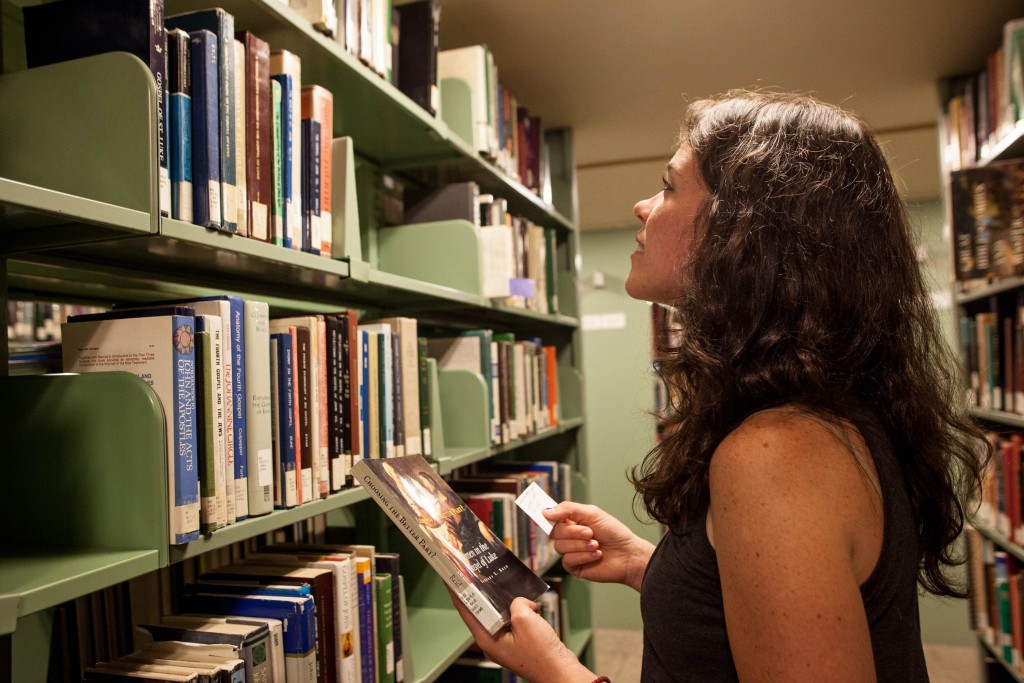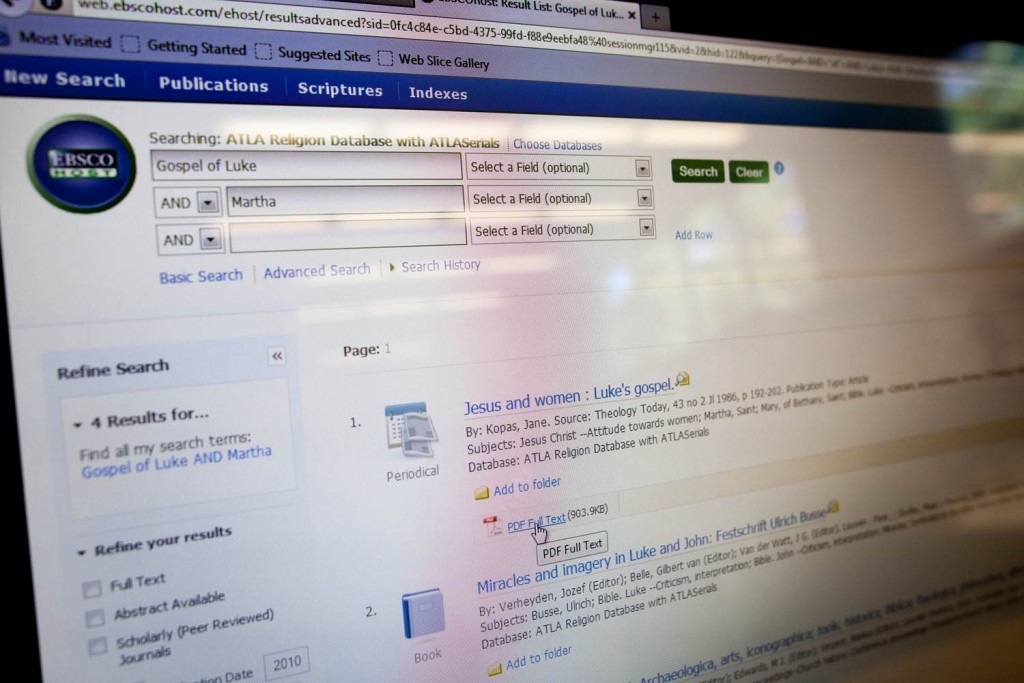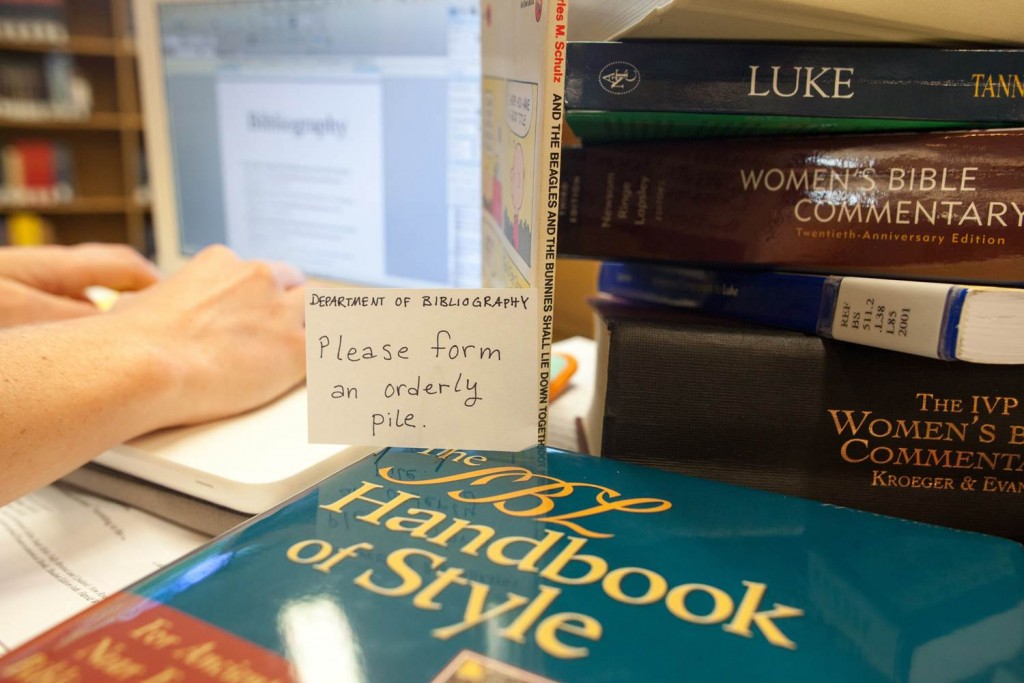Here is the second half of the instructions on how to conquer the exegesis process. Created by Katie Hynd, the Post-Graduate Teaching Intern for the Religion Department in the fall of 2013, these images were taken to help as you start the exegesis process. Good luck, and have fun!






Now you’re done! (At least with learning about the research process.)
